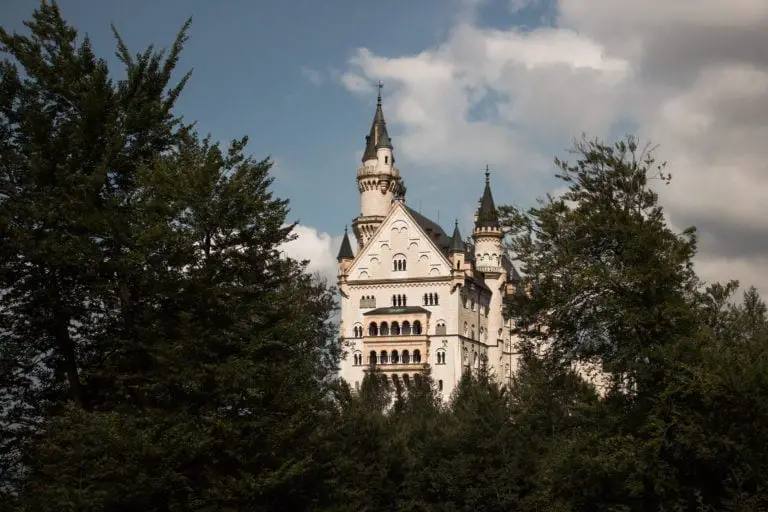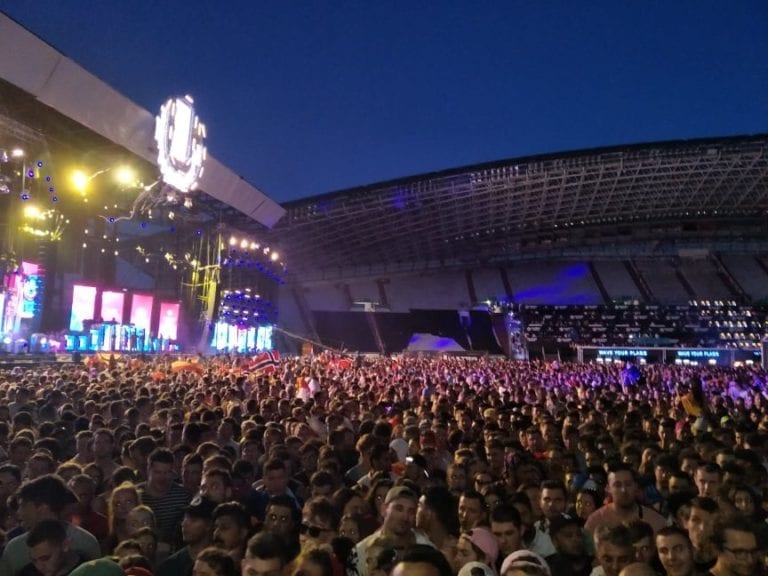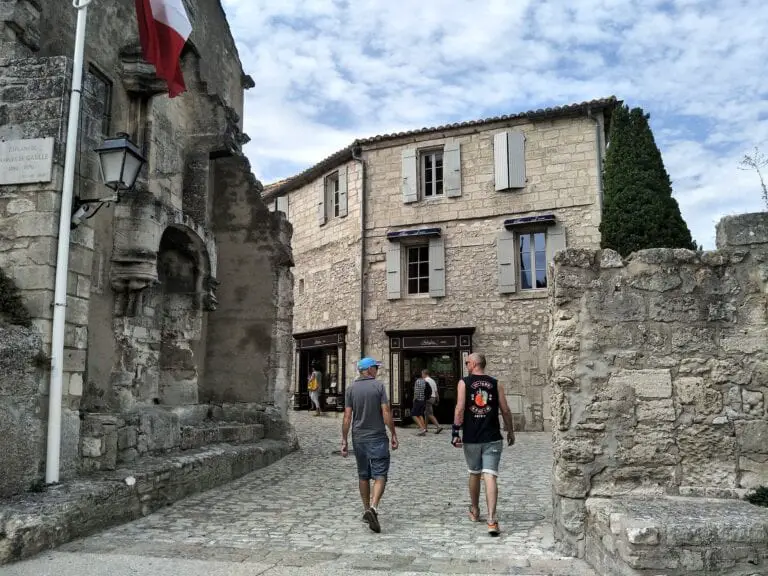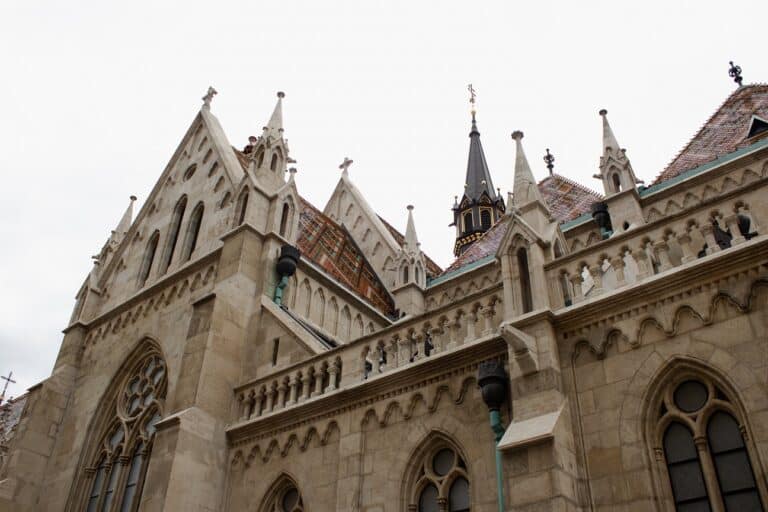A Spine Chilling Visit to Auschwitz
I have re-written the introduction to this post a hundred times over and with every new sentence it doesn’t feel like the correct one. Why should it be? Auschwitz Concentration camp; where millions of people were murdered. Where millions of humans were taken to with hopes and dreams of starting a new life. Instead they were met with an immeasurable amount of sorrow, grief, pain and torture.
What is Auschwitz?
Auschwitz was a concentration camp built by German Nazi’s for use during the second world war. It was established in Poland in 1941 and the first 10,000 inmates were Soviet prisoners of war. Most died of hunger, being overworked or SS brutality and others were gassed or shot. And those who refused to work were stripped naked, forced out into the snow and doused with water causing death. Within 5 months 9,000 men had died. The remaining few were transferred to Auschwitz-Birkenau to prepare for the new wave of prisoners.
Jews, Romani, Poles and Soviet prisoners of war accounted for most of the prisoners and deaths which occurred here. Followed closely behind were a range of Soviet, Czech, Yugoslav, French, German and Austrian civilians.
Most prisoners were transported to Auschwitz via train. They would then be separated into two groups; to suffer or to die. Being too young, too old or too sick to work would see you sent to the gas chambers. Mothers with children were also sentenced straight to death.
Before entering the gas chambers they were told to strip naked and leave their clothing outside the door. They believed they were heading in for showers so everyone neatly folded theirs clothes and tied their laces together so they wouldn’t get lost among the piles.
It is impossible to determine the exact number of victims at Auschwitz during World War II. Many prisoners were never registered and documents destroyed towards the end of the war. Historians believe that over 1 million people died or were killed at the camp. During World War II Heinrich Himmler instructed for all mass graves to be opened and for all corpses to be burnt and ashes scattered, so to make it impossible to calculate how many victims had passed through the gas chambers or murdered by SS troops.
Auschwitz was liberated by Soviet troops on 27th January 1945, but unfortunately the torture for prisoners didn’t end there as 56,000-58,000 prisoners were sent on a death march towards another Nazi camp in Poland before the Soviets had arrived, around 7,000 prisoners were left at Auschwitz when it was liberated. The last of the Nazi camps were liberated in May 1945.
Dr. Mengele, Aka ‘Angel of Death’
Dr. Mengele was a ‘doctor’ at Auschwitz and would conduct gruesome experiments on prisoners he hand picked from the camps. He had a particular fascination with twins. Dr. Mengele would inject eyes with chemicals to fabricate the ‘Aryan look’, autopsies would be performed to see how diseases had affected different organs. One twin would be murdered to compare their healthy body to their siblings’ who had died from an injected disease.
My Experience Visiting Auschwitz Concentration Camp
We were on our 12th day of our 13 day Contiki tour when we arrived into Oswiecim. A small city just outside of Krakow, to visit the Nazi camp, Auschwitz. We all knew this was going to be the toughest Contiki experience, but I don’t think any of us knew how hard it was really going to be.
Stepping under the infamous “Arbeit Macht Frei” sign suspended above the main gate was surreal; having seen this sign a thousand times before in history books and online articles. Walking the same footsteps as millions of prisoners did 80 years ago, it’s difficult to imagine what they were experiencing.
Surrounded by around 100 other people I would have expected there to be chatter, loud footsteps, sneezing, music and anything else to drown out silence but at Auschwitz the only thing I could hear was the slight crunch of footsteps on the gravel and wind whistling between the bordering trees. No voices, nothing.
Throughout the camp are information posts describing the hell that went on between these barbed wire fences. I stopped outside block 11 to read one; it talked about a doctor who would experiment primarily on females and their reproductive organs. Dr Wirth would experiment in sterilising women by removing their ovaries through surgery or radiation. Without their consent he would photograph women’s cervix’s and amputate them, sending the cervix to Berlin for study.
I have never burst into tears as fast as I did then.
Loosing my group through the river coming from my eyes I turned to a friends grabbing me and giving me a much needed hug. Shizz. I knew Auschwitz would get to me, but not this fast and not this hard.
Visiting Block 11
Continuing through block 11 we saw face after face, row after row of mugshots of the prisoners of Auschwitz. All bald, all in striped pyjamas, all dead in the eyes. Beneath their photos were their names, their profession, their deportation and death date. Some endured years in the camp, others survived a couple of months either dying from starvation, torture or execution.
We headed downstairs to small rooms only big enough to fit a crouching adult. Used to hold prisoners being tortured over a length of time. Other larger isolation and starvation rooms sat with their door open, the backs of them scarred with deep scratch marks by prisoners trying to claw their way out of hell.
My eyes were only just drying up when we stepped outside into the yard to see the ‘death wall’. Everyone condemned to the death wall were forced to strip naked and led out in pairs towards a soldier with a rifle. They were then shot in the back of the head at close range with a small-calibre rifle. The bodies were then loaded onto a truck by other prisoners and were taken to the crematorium. The wall was lined with flowers and wreaths to commemorate the victims, although extremely colourful it made the silence of the narrow and long courtyard fall even harder. There are very little records for what occurred here as hundreds of documents were destroyed.
Visiting Block 5
Block 5 was one of our next stops which our tour guide warned us about. Stepping up the narrow staircases we entered a room with multiple large glass display cases fitted into the walls. One is filled with the hair forcefully cut from the heads of every prisoner that entered Auschwitz; some of which were still tied in plaits and pony tails. The hair has somewhat deteriorated over the years becoming matted and all turning into the same shade of dark grey.
Another painful sight was walking a corridor which encased thousands upon thousands of shoes; belonging to men, women and children. The next number of glass lined walls just showed the immense hope that these families and individuals bought to Auschwitz. Each prisoner was lead to believe that they were being bought here to start a new life away from the war going on around them. A casing which showed various colourful pots, pans, plates and jugs which were bought with them on the train.
Gas Chambers
The gas chamber was our last stop at Auschwitz before we headed to Auschwitz-Birkenau camp. We filed in one by one and walked slowly and silently around the concrete chamber. I looked down towards my feet thinking about the thousands of naked bodies which had fallen in this exact spot.
After Thought
The feeling of visiting Auschwitz is indescribable. It’s a truly awful place, but those words mean little in comparison to how it makes you feel. Standing between multi storied blocks, barbed wire fences and listening to nothing but silence, yet surrounded by hundreds of other visitors. Unless you have walked the path thousands of others have into the gas chamber, unless you have seen the preserved claw marks on the back of doors or stood within centimetres of the canisters which contained the toxic Zyklon B, you will never absolutely understand how a place like Auschwitz feels.
Our Contiki group was a group full of the most lively, fun, charismatic and crazy people from all corners of the earth, but once we all piled on to that bus none of us knew how to start a conversation. What was an appropriate thing to say to someone after visiting a Nazi death camp? Our Contiki group were amazing in the way that everyone was supportive and comforting when the visit got a bit too much for some people, we all stuck together and no one disrespected either memorial sites.





